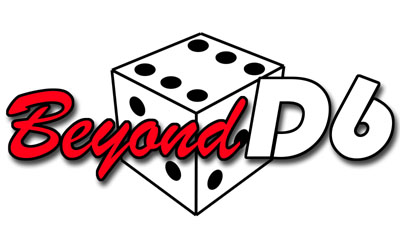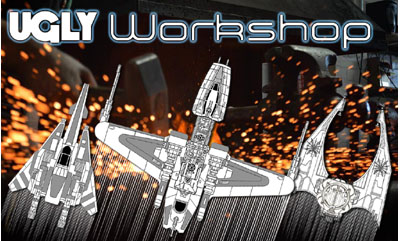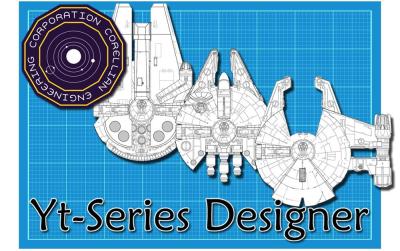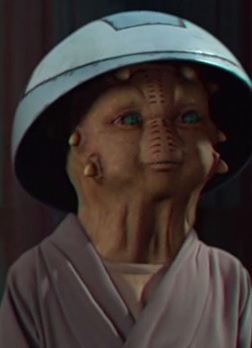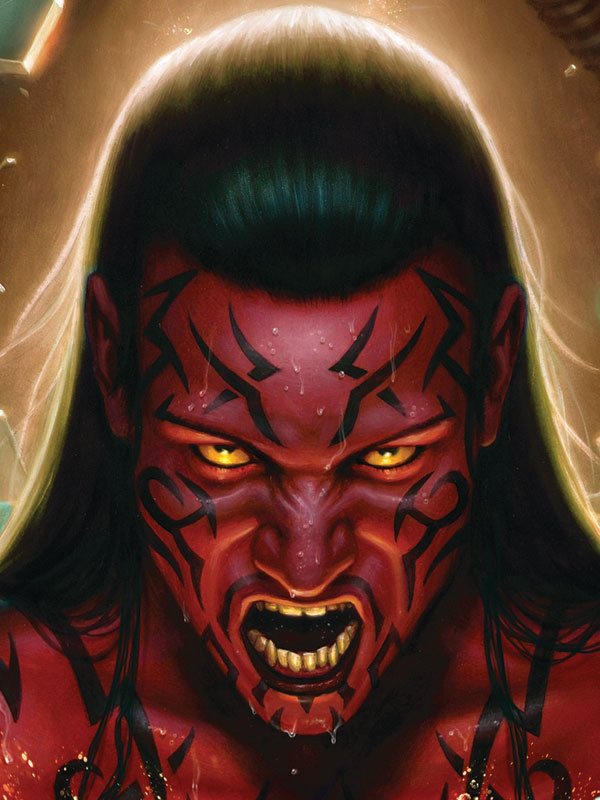| Site Stats: |
|
9975 Stats in 31 Categories |
| Search Stats: | |
|
| Latest Youtube Video: |
| Social Media: |
| Other Pages within RPGGamer.org: | |||
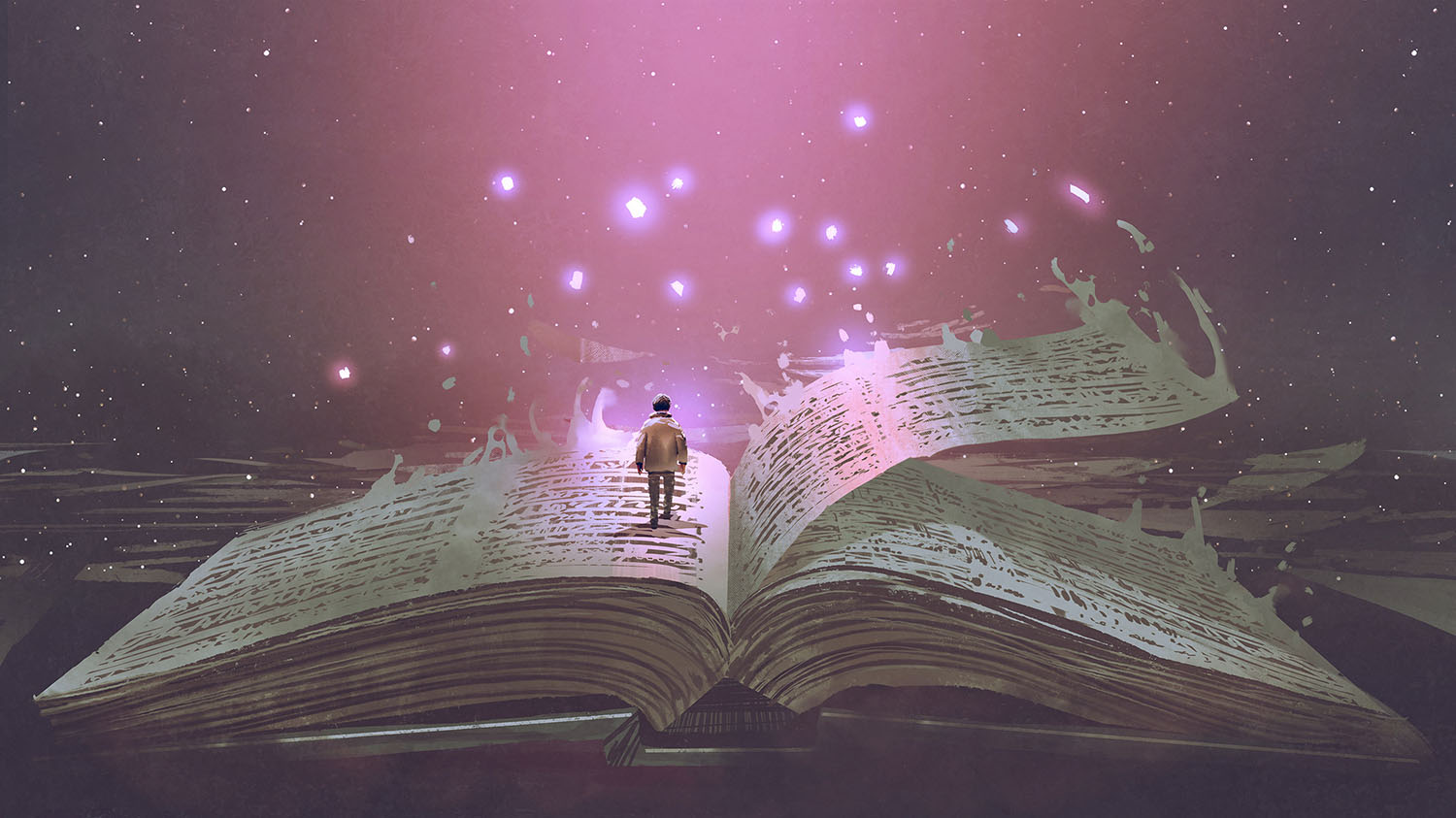
The Dungeon Master and World Building in Tabletop RPGs
Tabletop role-playing games (RPGs) have been a staple of the gaming community for decades. From classic pen-and-paper games like Dungeons & Dragons, to modern digital adaptations, these games offer players the opportunity to explore rich and detailed worlds, filled with adventure and excitement. As a tabletop RPG enthusiast, it's important to understand the role of the Dungeon Master (DM) in world building and the various tools and techniques they can use to create a truly immersive and engaging experience for their players.
What is a Dungeon Master in Tabletop RPG's?
A Dungeon Master (DM) is the person who presides over a tabletop RPG game. They are responsible for creating and controlling the world, its inhabitants, and the events that occur within it. In many ways, the DM is the storyteller, guiding players through the game and determining the outcomes of their actions. A good DM is a master of world building, creating intricate and believable settings that bring the game to life.
The Importance of World Building in Tabletop RPG's
World building is the process of creating the setting and background for a tabletop RPG game. It involves creating maps, building cultures and societies, and crafting the history of the world. The goal of world building is to create a rich and believable world that players can immerse themselves in and become invested in. A well-designed world can make the game more engaging and enjoyable, providing a sense of depth and realism that can help players become fully immersed in the game.
The Benefits of World Building in Tabletop RPG's
World building offers many benefits for both DMs and players. For DMs, it allows them to create a world that is tailored to their specific vision, giving them complete control over the setting and the events that occur within it. This can lead to a more engaging and immersive experience for players, as they are able to explore a world that is both believable and exciting.
For players, world building provides a sense of ownership and investment in the game. When players are able to explore a world that they helped to create, they are more likely to become invested in the outcome and feel a deeper sense of connection to the game. Additionally, a well-designed world can provide players with opportunities for exploration, discovery, and character development, making the game more enjoyable and engaging.
The Tools of World Building in Tabletop RPG's
There are many tools and techniques that DMs can use to build rich and detailed worlds for their tabletop RPG games. Some of the most popular include:
Maps
Creating detailed maps of the world can help players to visualize the setting and understand the geography of the world. This can be especially helpful for players who are new to the game, as it provides a clear and concise representation of the world that they can easily reference.
Culture and Society
Building cultures and societies is an important aspect of world building, as it helps to create a rich and believable world. This can involve creating detailed histories, outlining the beliefs and customs of the various cultures within the world, and exploring the relationships between different societies.
History
Crafting the history of the world is a crucial part of world building, as it provides context and depth to the setting. This can involve creating a timeline of events, outlining major wars and conflicts, and exploring the rise and fall of different societies and civilizations.
Characters and Creatures
Building characters and creatures is an important aspect of world building, as it helps to populate the world with interesting and believable beings. This can involve creating detailed profiles for the various characters and creatures within the world, as well as outlining their motivations, abilities, and relationships with one another.
The Process of World Building in Tabletop RPG's
The process of world building in tabletop RPG's can vary depending on the specific game and the preferences of the DM. However, there are some general steps that can be followed to ensure that the world is both rich and believable:
- Start with a Concept: Before beginning the process of world building, it's important to have a clear concept in mind. This can be as simple as a single sentence or as detailed as a full-fledged outline.
- Build the Framework: Once you have a concept in mind, it's time to start building the framework of your world. This can involve creating maps, outlining the geography of the world, and establishing the basic cultures and societies.
- Populate the World: Next, it's time to start populating the world with characters and creatures. This can involve creating detailed profiles for each of the beings within the world, outlining their motivations, abilities, and relationships with one another.
- Add Depth and Detail: Finally, it's important to add depth and detail to the world. This can involve exploring the history of the world, crafting intricate backstories for the characters and creatures, and adding environmental details that bring the world to life.
Conclusion
In conclusion, the role of the Dungeon Master (DM) in world building is crucial to the success of tabletop RPG games. World building provides a rich and believable setting that players can immerse themselves in, leading to a more engaging and enjoyable gaming experience. Whether you're a seasoned DM or a newcomer to the world of tabletop RPGs, understanding the tools and techniques of world building is essential to creating a truly memorable and engaging game.
Comments made about this Article!
There are currently no comments for this article, be the first to post in the form below
| Add your comment here! | |
Page designed in Notepad, Logo`s done in Personal Paint on the Commodore Amiga
All text, HTML and logos done by FreddyB
Images stolen from an unknown website at some remote time in the past.
Any complaints, writs for copyright abuse, etc should be addressed to the Webmaster FreddyB.



